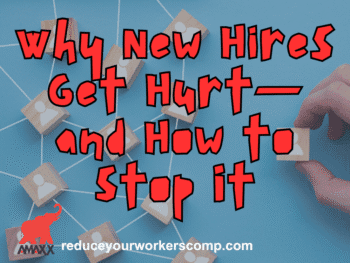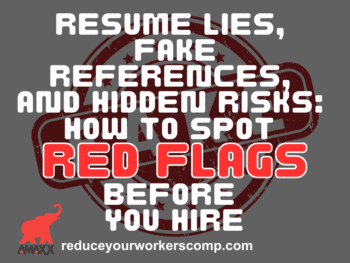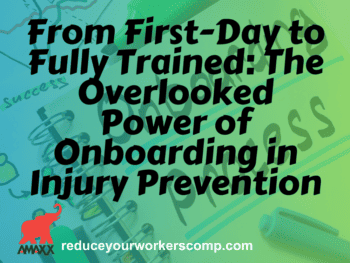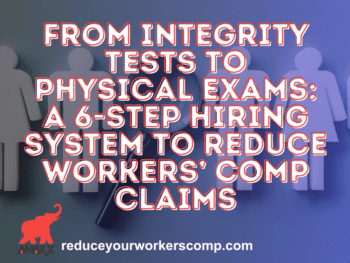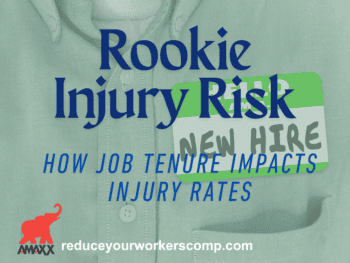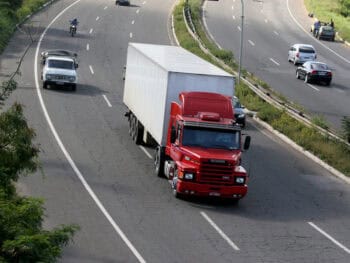
Economic recovery, while certainly welcome, has brought its own set of issues for employers. Particularly in the area of hiring enough help to meet increasing production demands, businesses are scrambling to bring in workers and, in many cases, those new hires are frequently made out of desperation.
Compounding the issues created by the mass hiring-attrition cycle, is the presence of a multi -generational workforce with vastly disparate perceptions and styles in regard to work, learning, and life.
The increase in injuries and Workers’ Compensation claims over the past several years is reflective of the impact of increased production on older workers having to work overtime, and often in positions with which they are unfamiliar.
Simultaneously, companies are attempting to hire and retain younger workers with no experience and physical conditioning unsuited to job demands.
The urgency to move new employees quickly into the production environment is often at the cost of adequate training and conditioning and into jobs that do not meet individual engagement factors, particularly of a young worker. Baby boomers are estimated to make up 20% of the workforce in 2015, according to a recent article in Safety National. Millenials, those aged 16-34, represent about 13% of workers, but are the largest segment of our population today.
While the cost of injuries to older workers is significantly higher in the short term, a research brief published in NCCI’s Workers’ Compensation 2015 Issues Report indicates that, “…younger workers cost approximately 60% more per year per claim than older workers.”
With regard to the impact of length of employment on Workers’ Compensation costs, in a publication entitled Recession, Recovery, and Workers’ Compensation Claims, Zurich insurance reports that “…workers with less than one year of experience represent 38% of lost time claims and 43% of lost time costs.”
Addressing the intertwined issues of age and job tenure is a challenge for business.
Five areas of consideration are critical:
- Hire wisely: Utilize physical abilities testing as part of process. (The testing must be matched to the job’s functional requirements.)
- Engagement: Develop and implement opportunities to ensure all team members are connected and supported from the first day of employment.
- Mentoring and reverse mentoring: Pairing new and seasoned workers over an extended period of time to exchange unique knowledge and interests. Older workers offer corporate knowledge and tips for performing their jobs, while younger workers can share their skills in utilizing technology.
- Training: Workplace safety and “smart” work practices, including extended period of conditioning for new workers in physically demanding jobs.
- Emphasize health and fitness for all employees.
Ultimately, economic recovery is dependent on smart hiring and successful integration of new and old workers to avoid costly recruiting and injuries.
Author Linda Weeks, Medcor, Executive Director of Training/ Director of Operations. Medcor helps employers reduce the costs of workers’ compensation and general health care by providing injury triage services and operating worksite health and wellness clinics. Medcor’s services are available 24/7 nationwide for worksites of any size in any industry. Headquartered in McHenry, Illinois, the company operates 174 clinics and provides triage services to over 90,000 worksites across all 50 states and US territories. Medcor’s triage methods are covered by U.S. & foreign patents, including U.S. No. 7,668,733; 7,716,070; & 7,720,692; other patents pending. Medcor is privately held. Learn more at www.medcor.com.

